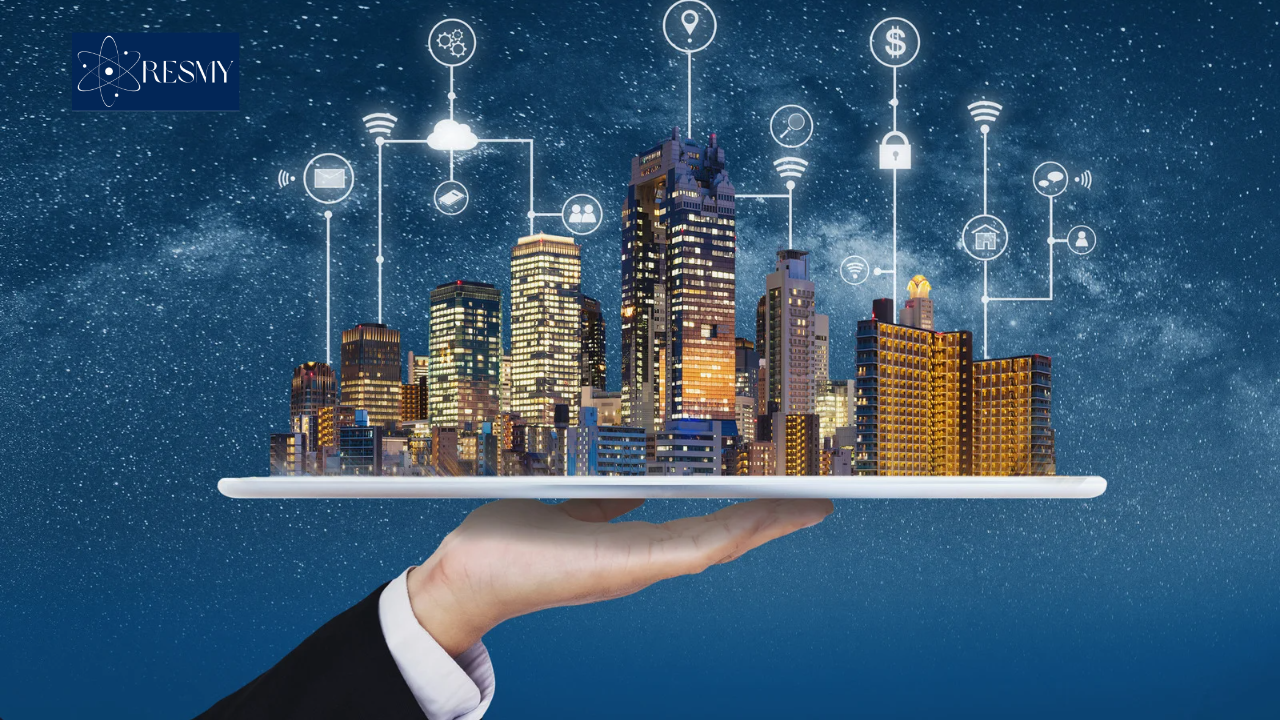Urban renewal (UR) is a multifaceted process aimed at transforming urban areas, particularly those facing urban decay. This transformation involves functional alterations, demolition, reconstruction, and comprehensive management to prepare cities for emerging development trends and challenges posed by modernization and disasters. UR is a crucial tool for governments, significantly impacting the socioeconomic, cultural, and ecological fabric of regions, thus directly affecting the well-being of the populace.
Urbanization and Urban Renewal in China
By the end of 2022, China’s urbanization rate had reached an impressive 65.22%, marking the beginning of the stock development phase. During this period, megacities and megalopolises continued to attract residents and employment, becoming hubs of intense construction activities. As China progresses through the middle and later stages of urbanization, cities are expected to prioritize both new construction and the renovation of existing buildings, intertwining the processes of urbanization and UR. This dual approach is not only pivotal for transforming urban development patterns and innovating land utilization methods but also crucial for advancing urban governance and enhancing urban vitality.
The Comprehensive Nature of Urban Renewal
UR extends beyond the mere construction and sale stages of real estate projects. It includes processes such as relocation, repurchasing, transformation, reconstruction, and resettlement of residents. Often, areas designated for renewal are existing residential neighborhoods that suffer from disorganized layouts, inadequate infrastructure, poor sanitation, and a high-density population. These areas typically house significant numbers of migrants with low educational attainment and limited adaptability to change, leading to dissatisfaction among neighboring residents. Mishandling these issues can escalate into significant social risks (SRs), potentially disrupting social stability and hindering UR projects.
Social Risks in Urban Renewal
Social risks (SRs) in the context of UR arise from uncertainties related to human practices or social factors such as uneven benefit distribution, discontent with government policies, and unemployment. These risks can lead to social instability and conflict. If not addressed, SRs can evolve into full-fledged social crises, threatening social stability, balance, and sustainable development.
Stakeholders in Urban Renewal
UR involves various stakeholders, primarily the public, government, and developers. The public are the most direct stakeholders, while the government plays a pivotal role as the primary public entity and leader. Developers are driven by commercial interests. The dynamics among these stakeholders impact social stability. Although UR brings substantial economic and societal benefits, it also introduces social problems that affect public interests and rights, including land expropriation, relocation, and transformation of living and ecological environments. Lack of public involvement in decision-making can lead to social alienation and conflicts, impeding the smooth execution of UR projects.
Mitigating Social Risks in Urban Renewal
To ensure successful and sustainable UR projects, it is essential to understand the occurrence and evolution mechanisms of SRs. Prior studies have explored various aspects of SRs in UR. For instance, some researchers have used inclusive development theory to examine social exclusion risks, while others have proposed conflict mediation strategies among stakeholders. However, a systematic examination of the evolution mechanisms of SRs from a stakeholder theory perspective is still necessary.
This study adopts stakeholder theory to analyze potential sources of risk throughout the UR process, considering conflicts of interest among stakeholders. It uses structural equation modeling (SEM) to validate the evolution paths of SRs, ultimately establishing a model depicting their evolution. Based on this model, critical SR factors are identified, and targeted governance strategies for URSRs (urban renewal social risks) are proposed.
Key Risks and Governance Strategies
The study identifies key factors in the adversely impacted interests and risk-action evolution paths through examining the total effects of SR factors. Significant adverse impacts on interests were attributed to expropriation and demolition risks (EDR), organizational management risks (OMR), policy change risks (PCR), technical risks (TR), and environmental risks (EER).
- Expropriation and Demolition Risks (EDR): EDR had the most significant impact on stakeholders’ interests, highlighting the importance of robust preventive and control measures. Issues such as compensation plans, forced demolition, and resident resettlement need careful management to avoid social unrest.
- Organizational Management Risks (OMR): The inadequate management practices of governmental bodies and developers significantly influence SRs. Enhancing administrative efficiency and implementing vigilant regulatory measures are crucial.
- Policy Change Risks (PCR) and Technical Risks (TR): Both PCR and TR had notable indirect effects on stakeholders’ interests. Maintaining a stable political environment and reinforcing oversight of construction techniques and safety are beneficial for mitigating these risks.
- Environmental Risks (EER): Although EER had a modest impact, it is influenced by other risks such as PCR, OMR, and TR. Addressing these factors comprehensively is necessary to mitigate environmental impacts.
Recommendations for Future Urban Renewal Projects
To address the identified key SR factors and evolutionary mechanisms, the following recommendations are proposed:
- Establish a Comprehensive and Inclusive Policy Framework: This framework should address the concerns of all stakeholders, ensuring fair compensation, relocation assistance, and environmental protection measures. Effective policy frameworks guide and regulate UR, ensuring sustainability and social benefits.
- Improve Stakeholder Participation and Communication Channels: Facilitating dialogue, addressing grievances promptly, and fostering trust among the government, developers, and residents are essential. Building an information-sharing platform can reduce SRs caused by information asymmetry and irrational decision-making.
- Implement Robust Monitoring and Mitigation Strategies: These should include environmental impact assessments, cultural heritage preservation measures, and transparent organizational management practices. Such strategies help manage SRs effectively throughout the UR process.
Conclusion
This study offers a comprehensive understanding of the evolution mechanisms of SRs in UR, highlighting the importance of stakeholder theory in analyzing these risks. By identifying key SR factors and proposing targeted governance strategies, the study provides a scientific basis for setting risk monitoring points and allocating resources effectively in UR projects. Drawing on international experiences and best practices, future UR projects can better navigate complex social dynamics, mitigate potential risks, and ensure sustainable urban development.
Other Topics: Medicine and Health Science, Natural Science, Agricultural Science, Engineering & Technology, Social Sciences & Humanities

